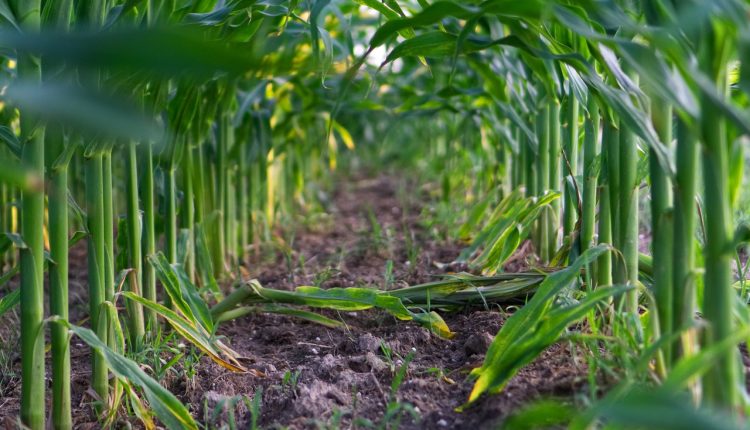FAO Food Price Index unchanged in September
The overall measure of international food commodity prices was broadly stable in September, with declines in quotations for vegetable oils, dairy and meat offset by a notable increase in those for sugar and maize, the Food and Agriculture Organization of the United Nations (FAO) reported today, as SEEDS writes.
The FAO Food Price Index, which tracks monthly changes in the international prices of globally-traded food commodities, averaged 121.5 points in September, compared to 121.4 points in August. At this level, the index is 10.7 percent below its value a year ago and 24.0 percent below its all-time high reached in March 2022.
The FAO Cereal Price Index rose 1.0 percent from the previous month, due to a 7.0 percent increase in international maize prices, driven by a strong demand for Brazil’s supplies, slower farmer selling in Argentina and increased barge freight rates due to low water levels on the Mississippi River in the United States of America. International wheat prices fell by 1.6 percent, underpinned by ample supplies and good production prospects in the Russian Federation, while the FAO All-Rice Price Index dipped by 0.5 percent amid generally low import demand.
The FAO Vegetable Oil Price Index declined by 3.9 percent from August, with international quotations for palm, sunflower, soy and rapeseed oils all down, driven in part by elevated seasonal production and abundant global export supplies.
The FAO Sugar Price Index increased by 9.8 percent from August, reaching its highest level since November 2010 amid increasing concerns over a tighter global supply outlook in the upcoming season. Early forecasts point to production declines in Thailand and India, both key producers, associated with the prevailing El Niño event. The large crop currently being harvested in Brazil, amidst favourable weather conditions, limited the month-on-month increase in world sugar prices.
The FAO Dairy Price Index declined by 2.3 percent from August, its ninth drop in a row, impacted by lacklustre global import demand and ample stocks in leading producing regions. The euro’s relative weakness against the United States dollar also weighed on international dairy prices.
The FAO Meat Price Index dipped by 1.0 percent from the previous month, with a mixture of weak import demand and ample global export availabilities pushing down quotations for pig, poultry, and ovine meats. By contrast, international bovine meat prices rebounded on the back of a strong import demand for lean beef, especially in the United States of America.
More details are available here.
Головні новини Seeds та агроідеї для зростання вашого бізнесу в Telegram Facebook Instagram
Youtube та Підписуйтесь!



